10 Real-Life Technologies That Will Turn You Into a Superhero
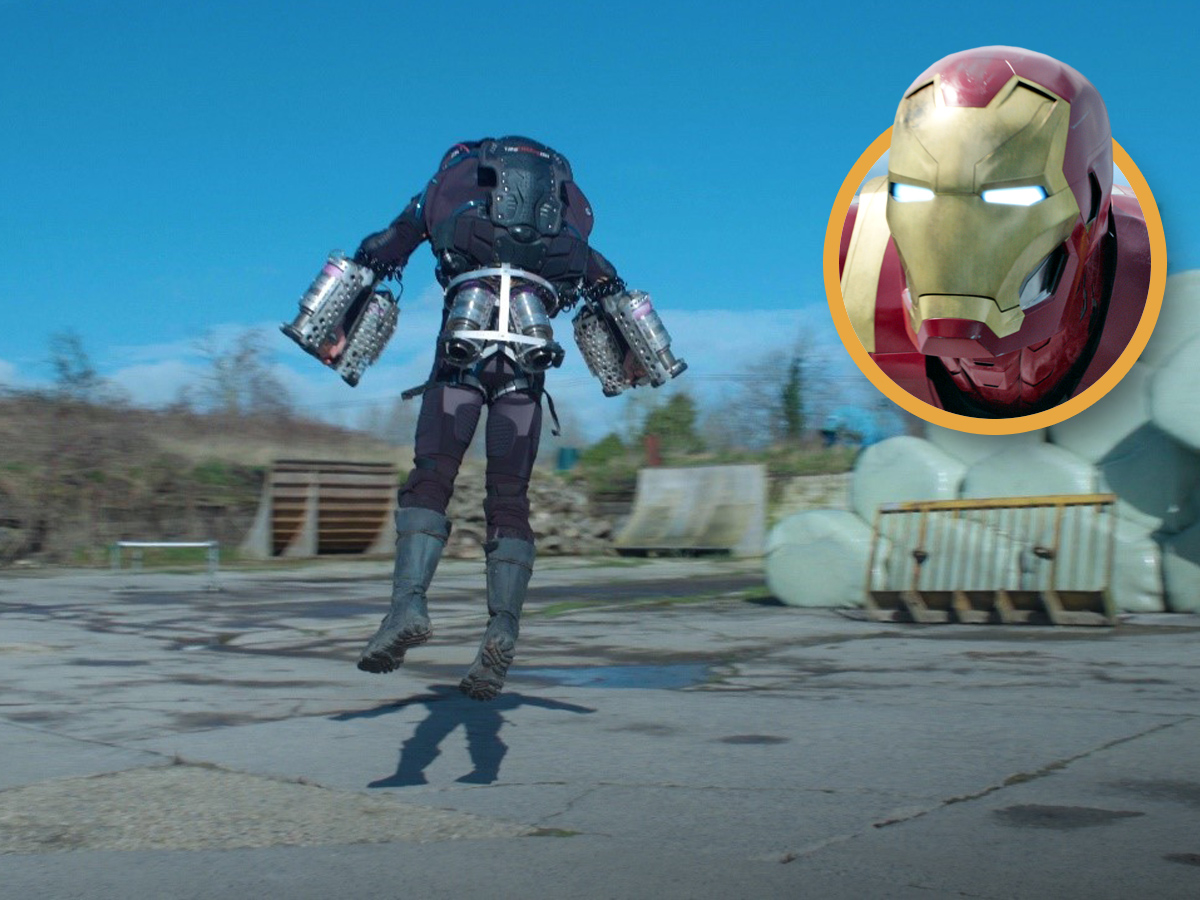
Science fiction vs. science fact

Whether you're looking to scale skyscrapers like Spider-Man or wish you could have Wolverine's amazing powers of self-healing, researchers are devising ways to bring extraordinary abilities to the average mortal, and some of these amazing technologies may make you feel like a real-life superhero.
Flying exosuit | Superhero: Iron Man
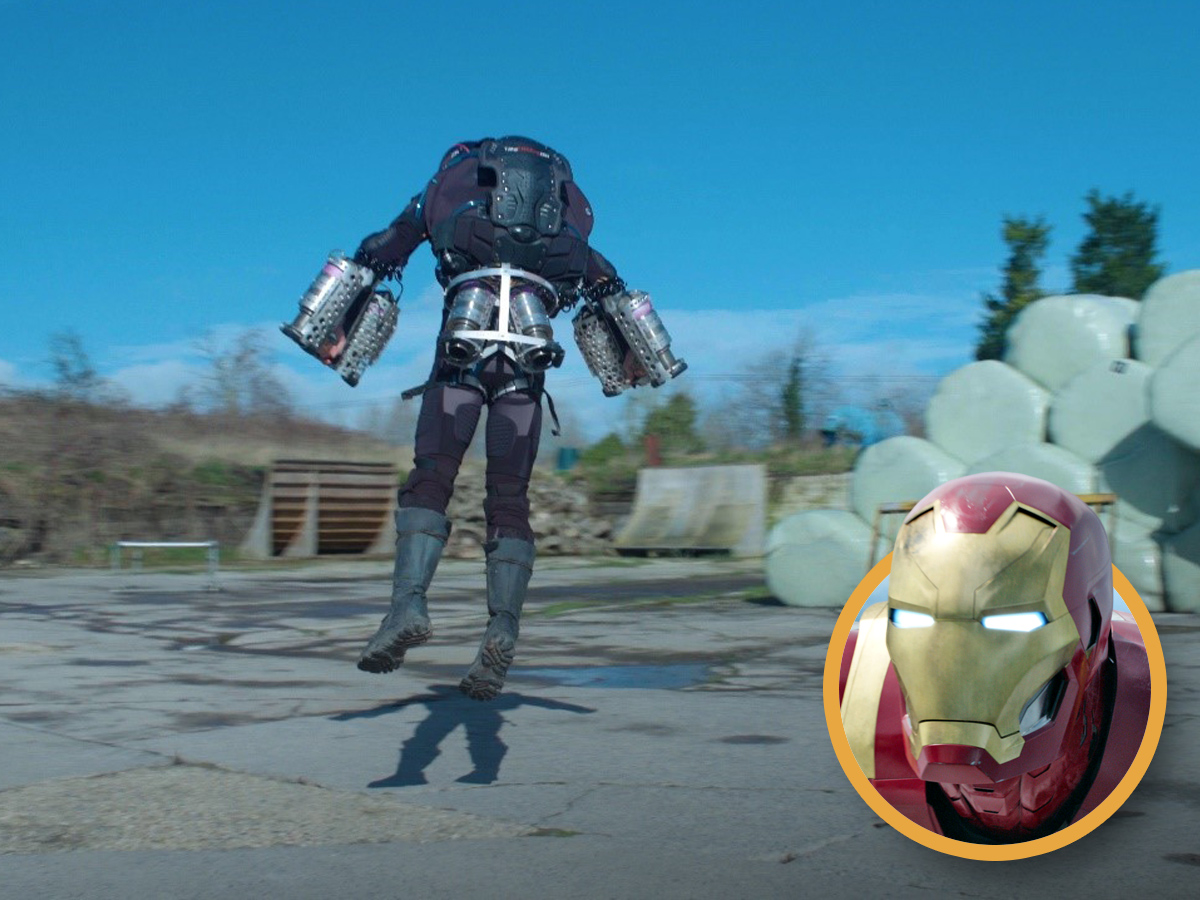
A British oil trader has fashioned himself into a real-life Tony Stark, by building a jet engine-powered exoskeleton suit that lets him take flight.
Richard Browning created the exosuit by combining three sets of miniature jet engines and attaching them to his arms and back. He controls his speed and direction by changing the direction of the engines' thrust using only his upper body. There is no other steering mechanism.
The exosuit lacks some of Iron Man's fancier features, such as superhuman strength and repulsor rays, but it does allow Browning to fly for up to 10 minutes. In early experiments, Browning was able to soar 3 to 6 feet (1 to 2 meters) above the ground at about 5 mph (8 km/h), but he said he thinks future prototypes could fly at speeds of up to 60 mph (100 km/h) at altitudes up to 330 feet (100 meters).
But, being Ironman doesn't come cheap. Browning said his prototype costs about $250,000.
Self-healing | Superhero: Wolverine
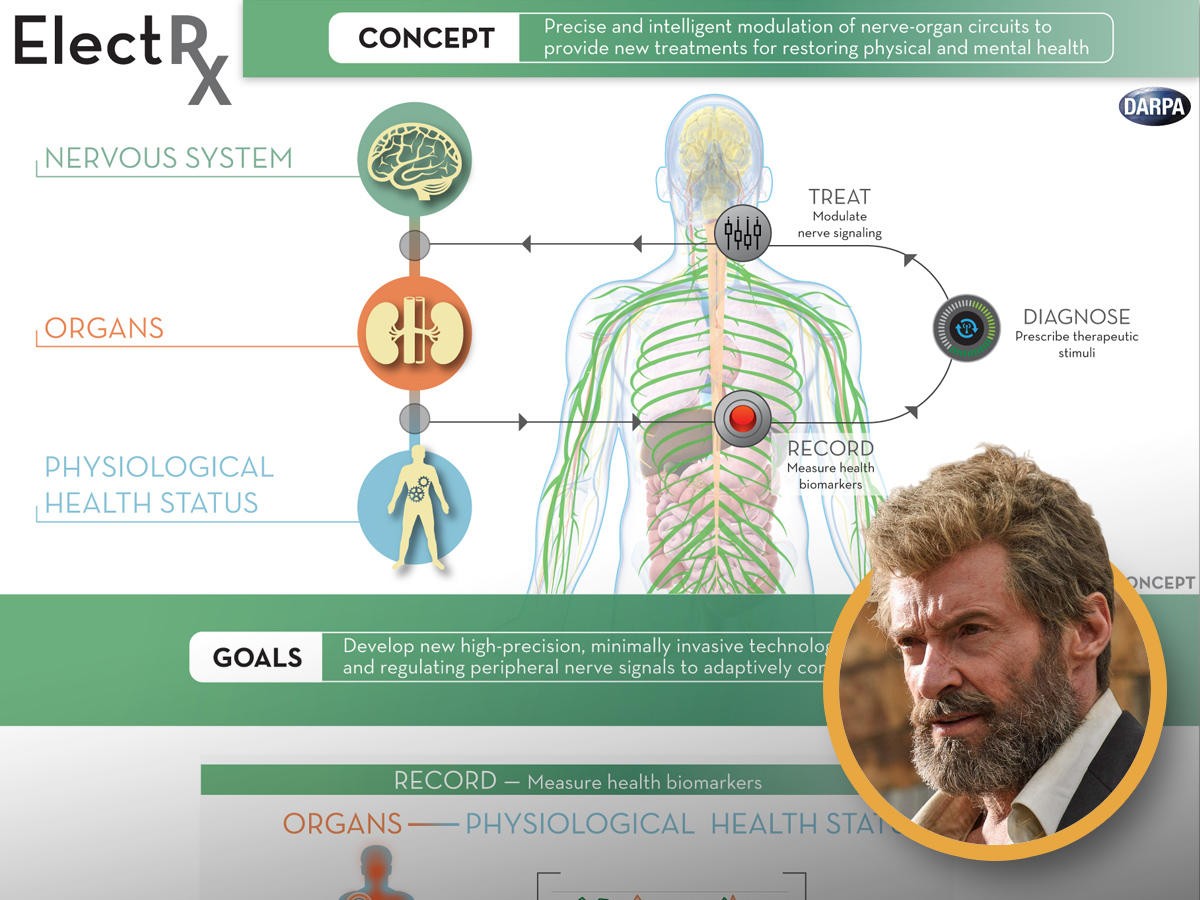
Wolverine's amazing mutant powers of self-healing may seem impossible for the average human, but the experimental research arm of the U.S. military is developing tiny implants that could indeed help humans heal themselves. (Although maybe not from a duel with Lord Shingen.)
The Electrical Prescriptions Program, or ElecRX, seeks to develop miniature implants that would continually monitor a person's physical condition and provide electric stimulus to any systems in need. The devices are so tiny they can be implanted right at nerve endings with a needle — unlike today's more invasive technologies — making treatments more targeted.
Get the world’s most fascinating discoveries delivered straight to your inbox.
The implants could be used to treat painful chronic inflammatory conditions like rheumatoid arthritis, systemic inflammatory response syndrome or inflammatory bowel disease. Alas, they won't give you Wolverine's remarkable longevity…
Run fast | Superhero: The Flash

If the idea of owning a jetpack isn't cool enough, imagine one that can help you run lightning fast, like a real-life Flash.
This battery-powered jetpack, worn like a backpack, helped one speedy test subject shave 20 seconds off of his mile time — already an impressive 5 minutes and 20 seconds.
The technology was originally developed as part of a DARPA program looking to find ways to make soldiers move faster on the battlefield, and now researchers are trying to help athletes improve performance.
"This is the future of where the jetpack is going," Jason Kerestes, a graduate student of engineering and robotics who leads the project at Arizona State University, told Live Science. "We feel that if we can enhance that technology, we can get somebody who can run a five-and-a-half-minute mile down to a four-minute mile."
Whether you use your newfound powers of superspeed for good or evil, however, is up to you.
Invisibility | Superhero: Invisible Woman

Invisibility cloaks may not allow you to hide anything with your mind like the Invisible Woman can, but in the event that you don't gain super-abilities from a cosmic storm, they're as close as you can get to making objects vanish.
Older attempts at creating invisibility cloaks tried to make objects disappear by bending light around them, but newer technologies are taking different approaches. One uses a new kind of technology called a metascreen that cancels out light waves bouncing off a cloaked object. (So far it only works in microwave light, not visible light.) Another reflects light off of an object as if it were a flat mirror, rendering the cloaked object invisible.
So far, only very small objects have been successfully cloaked, and not in real-world situations, but scientists are continuing to work on both projects.
X-ray vision | Superhero: Superman
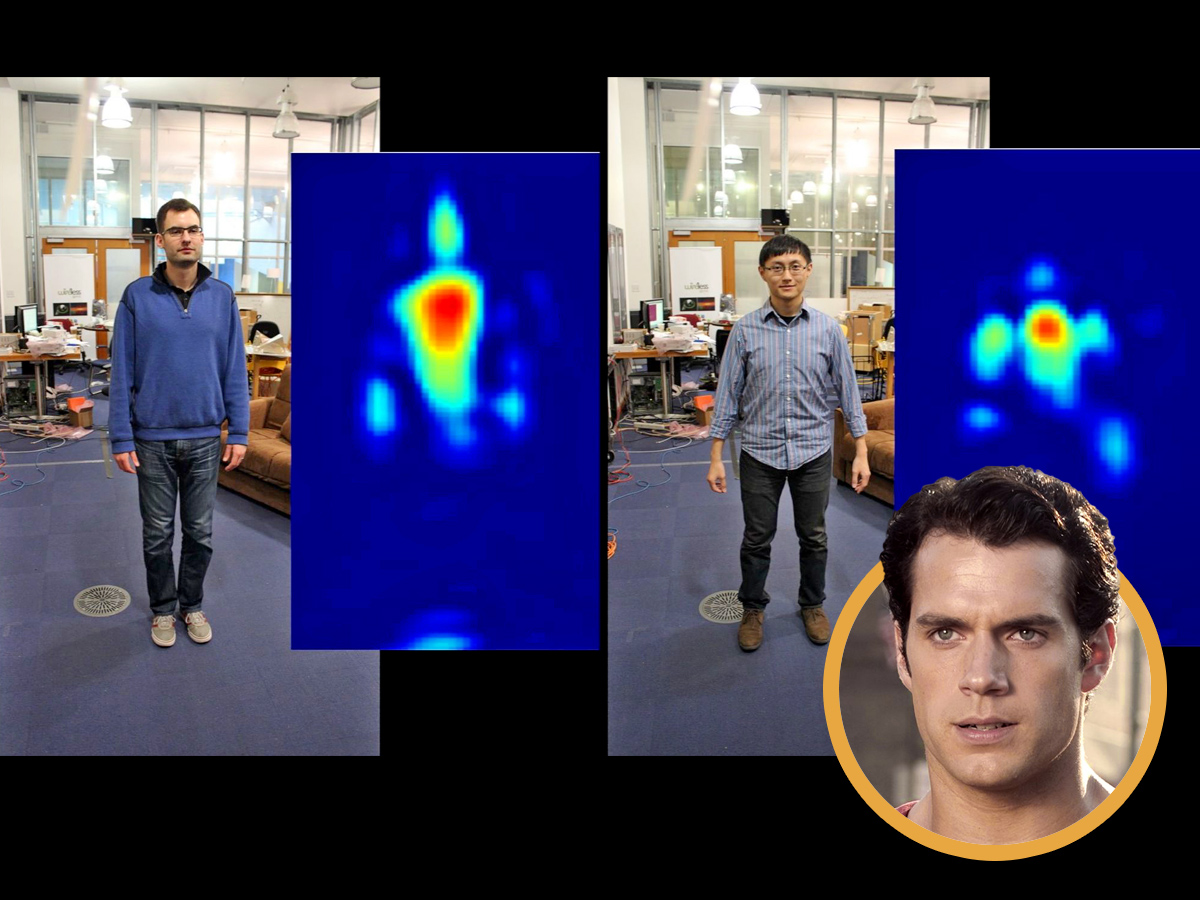
Superman's X-ray vision lets the Man of Steel see through walls (unless, of course, they're made of lead), and now thanks to the work of scientists at the Massachusetts Institute of Technology, humans can too. Well, almost.
MIT's RF Capture system uses short-wave radio signals to track movement through walls, and in experiments, scientists were able to identify 15 people through walls with up to 90 percent accuracy, tracking their movements within less than an inch. The system first gets the lay of the land, and then tracks for changes — as in those made by moving humans.
The technology's initial applications will likely be in healthcare, as researchers hope to create a system that can monitor seniors who are at risk of falling — a project Superman would definitely support.
Super strength | Superhero: The Hulk
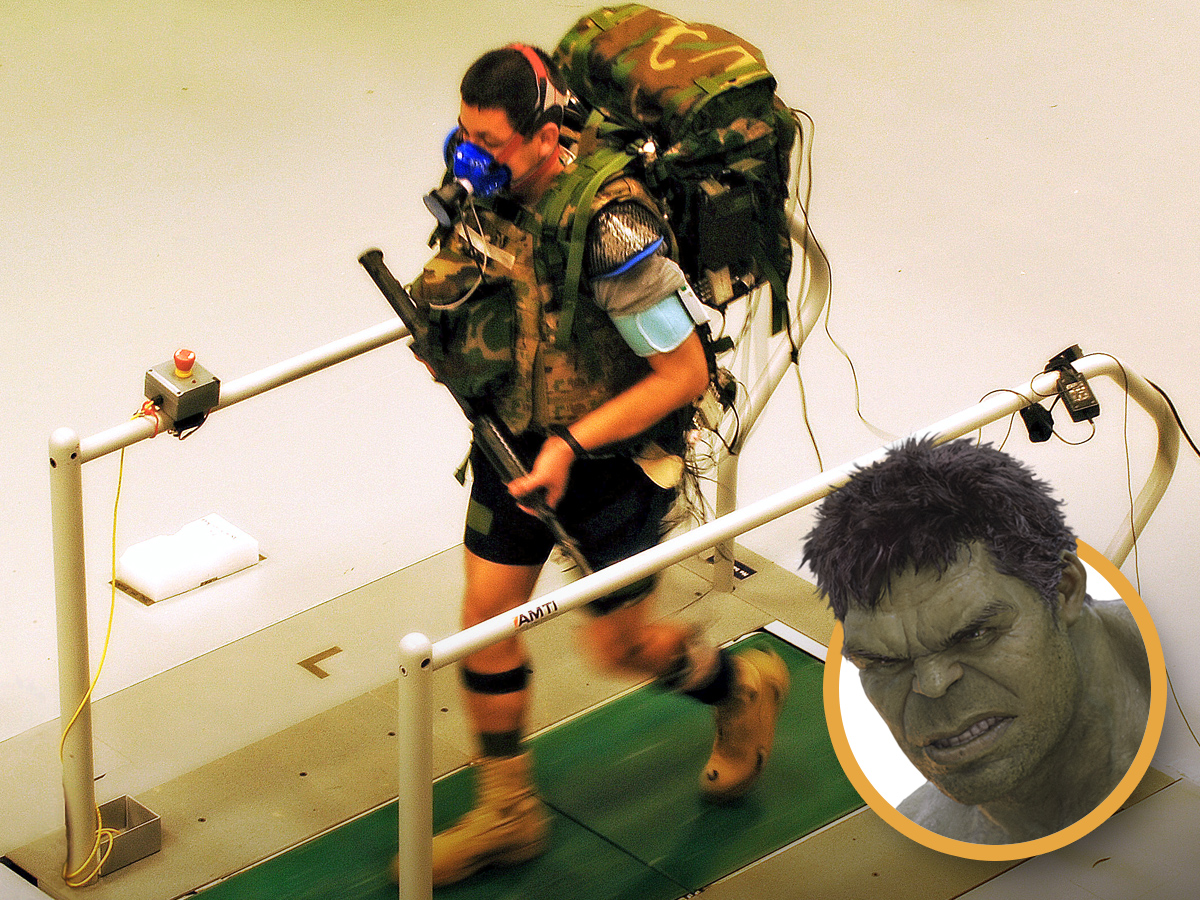
If you've ever dreamed about having your very own "Hulk Smash!" moment of super strength, a new high-tech suit of armor could make that dream a reality.
Called the Tactical Assault Light Operator Suit, or TALOS, the suit "promises to provide superhuman strength with greater ballistic protection," according to the U.S. Army. The robotic suit can also help humans carry greater loads, rendering them super-strong.
In addition to improving strength, the suit can make its wearer bulletproof via an exoskeleton made of magnetorheological fluids that can change from liquid to solid in seconds.
Even the Hulk would be impressed by that.
Teleportation | Superhero: Nightcrawler

Bamf! Scientists have been able to make particles teleport just like Nightcrawler.
Welcome to the weird world of quantum teleportation. While researchers can't teleport matter across space, through the magic of quantum entanglement, a process by which subatomic particles are linked and can communicate instantaneously even when separated at great distances, they can beam information from one place to another. So far, scientists have been able to teleport particles between distances of up to almost 90 miles (145 kilometers).
Someday, they hope to create hack-proof quantum cybersecurity or quantum internet systems.
"A quantum Internet could allow you to establish communications channels that are much more secure than what we have with the standard encryption protocols we use everyday nowadays," Martin Stevens, a quantum optics researcher at the National Institute of Standards and Technology in Boulder, Colorado, told Live Science.
Walk on walls | Superhero: Spider-Man
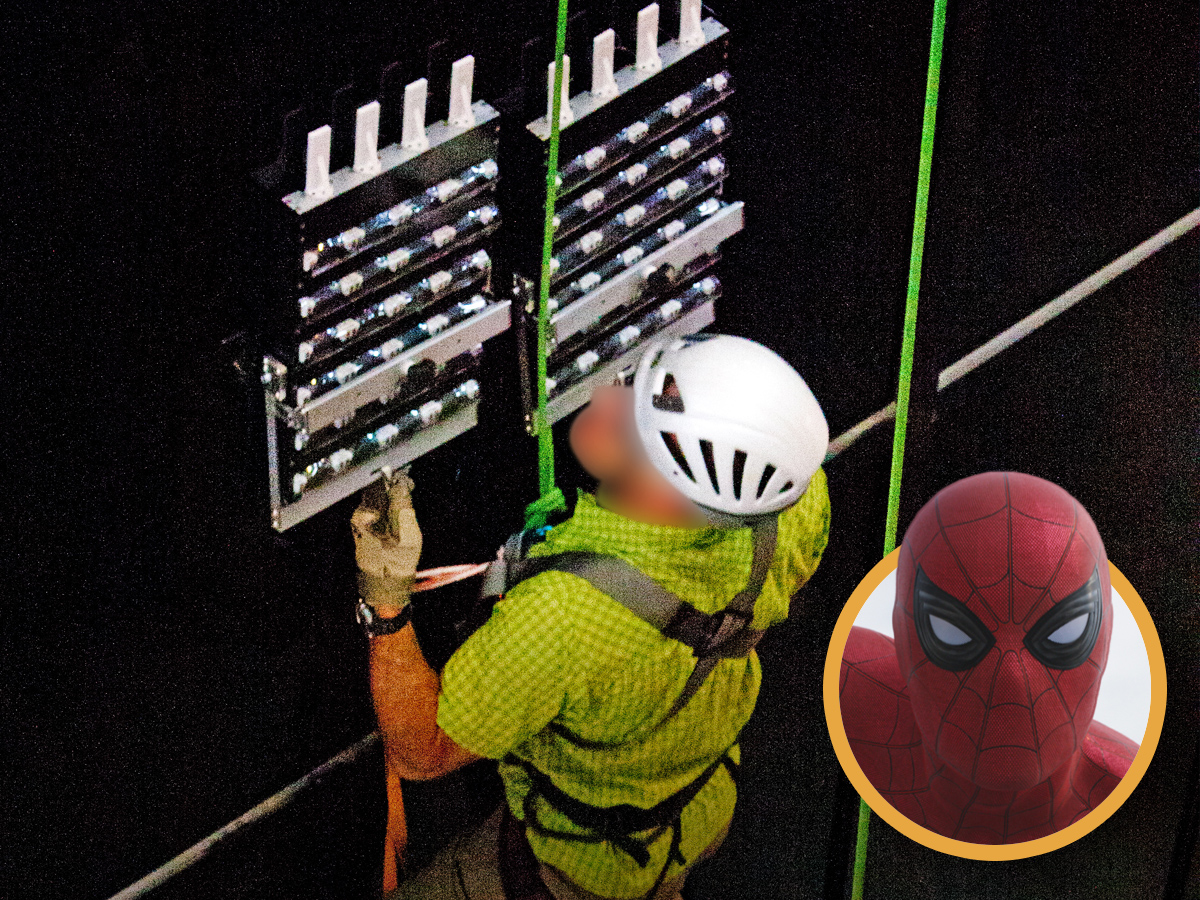
Spider-Man may have no trouble scaling skyscrapers, but for the average human, such feats have remained the stuff of science fiction — until now.
Inspired by the sticky feet of geckos, the Pentagon has developed handheld paddles that allow humans to climb walls, just like Spider-Man. The paddles were developed to allow soldiers to gain access to higher ground in urban environments. At the same time, researchers at Stanford University created similar climbing paddles, also using gecko-inspired technology. Stanford's device consists of two plates covered with postage stamp-size tiles covered in tiny rubber hairs.
"I was the climber in the tests," said researcher Elliot Hawkes, a mechanical engineer at Stanford. "That was extremely exciting. To be able to climb glass felt a little bit magical — it feels like you're hooking this device onto a perfectly flat smooth surface, and it doesn't feel possible."
Telekinesis | Superhero: Jean Grey
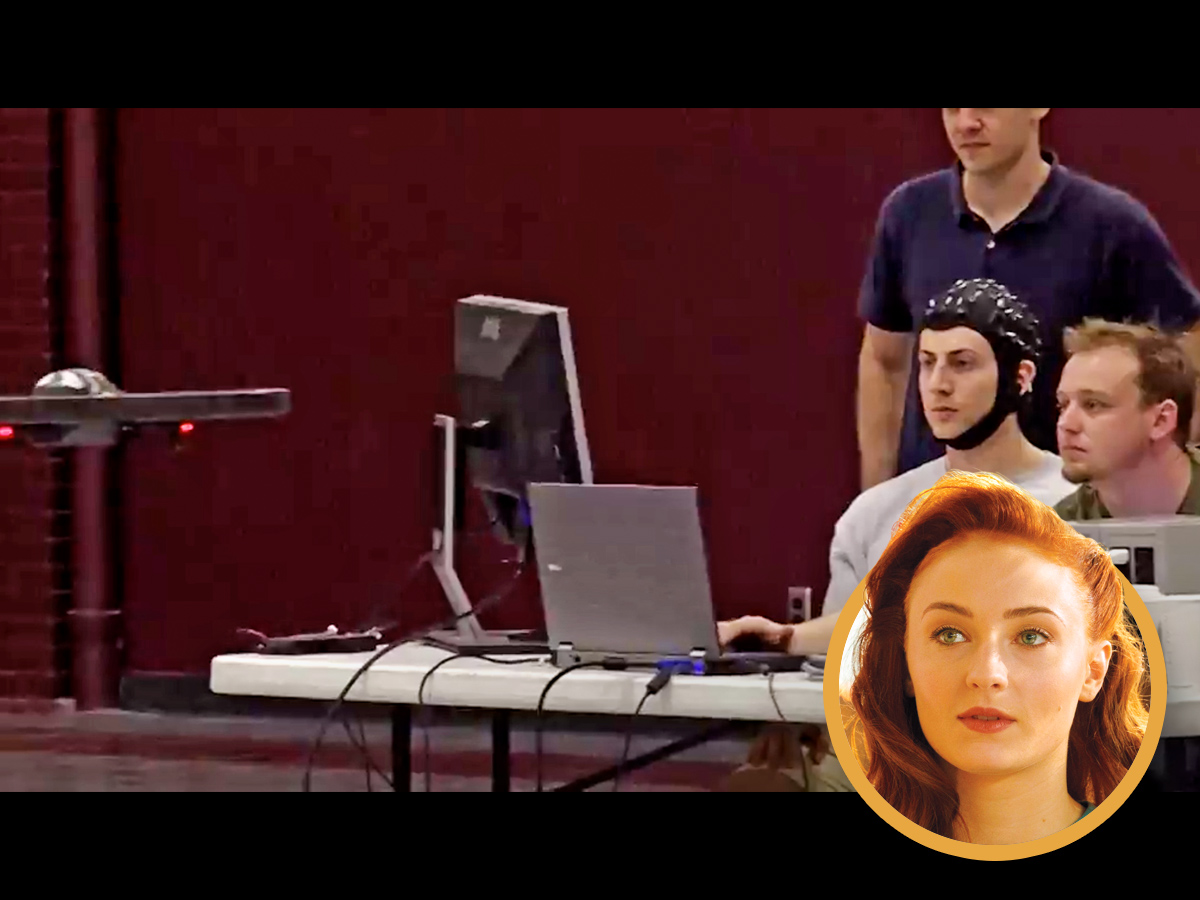
Researchers at the University of Minnesota have created a brain-computer interface that could let users channel mutant Jean Grey and her ability to move objects with her mind.
The system allows users to fly a remote-controlled quadcopter with their thoughts.
Users wear a cap with attached electrodes that pick up electrical signals from the brain and transmit them to a computer, which then translates them into movement. Student volunteers first spent time learning how to move a virtual aircraft across a simulated model of the University of Minnesota campus using their thoughts, and then tried flying the quadcopter through an obstacle course.
Mind blowing.
Underwater breathing | Superhero: Aquaman
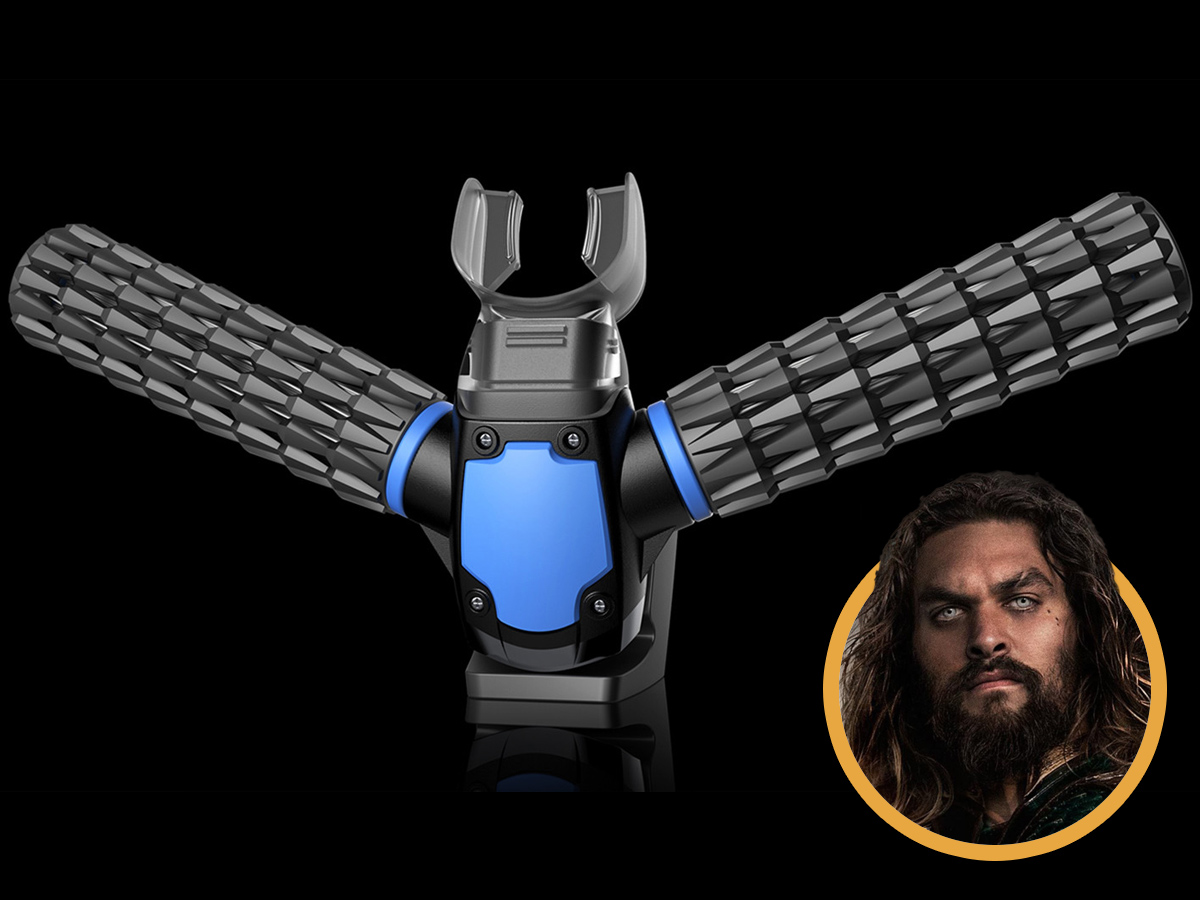
A device that promised to turn you into a real-life Aquaman turned out to be too good to be true.
The creators of Triton claimed their artificial gills could let humans breathe underwater for up to 45 minutes, at depths of up to 15 feet (4.5 meters), without the bulky equipment needed for scuba diving (like an air tank). But, scientists were skeptical. The device wouldn't be able to function unless swimmers were traveling at superhuman speeds and would still require a sizeable tank.
An Indiegogo campaign raised more than $800,000 to bring the product to market, but the company refunded its users in 2016. It re-launched the campaign, claiming it would have a product on the market in December 2016 that would retail for $399, but that didn't happen.
It looks like would-be Aquamen are still going to need their scuba tanks.


